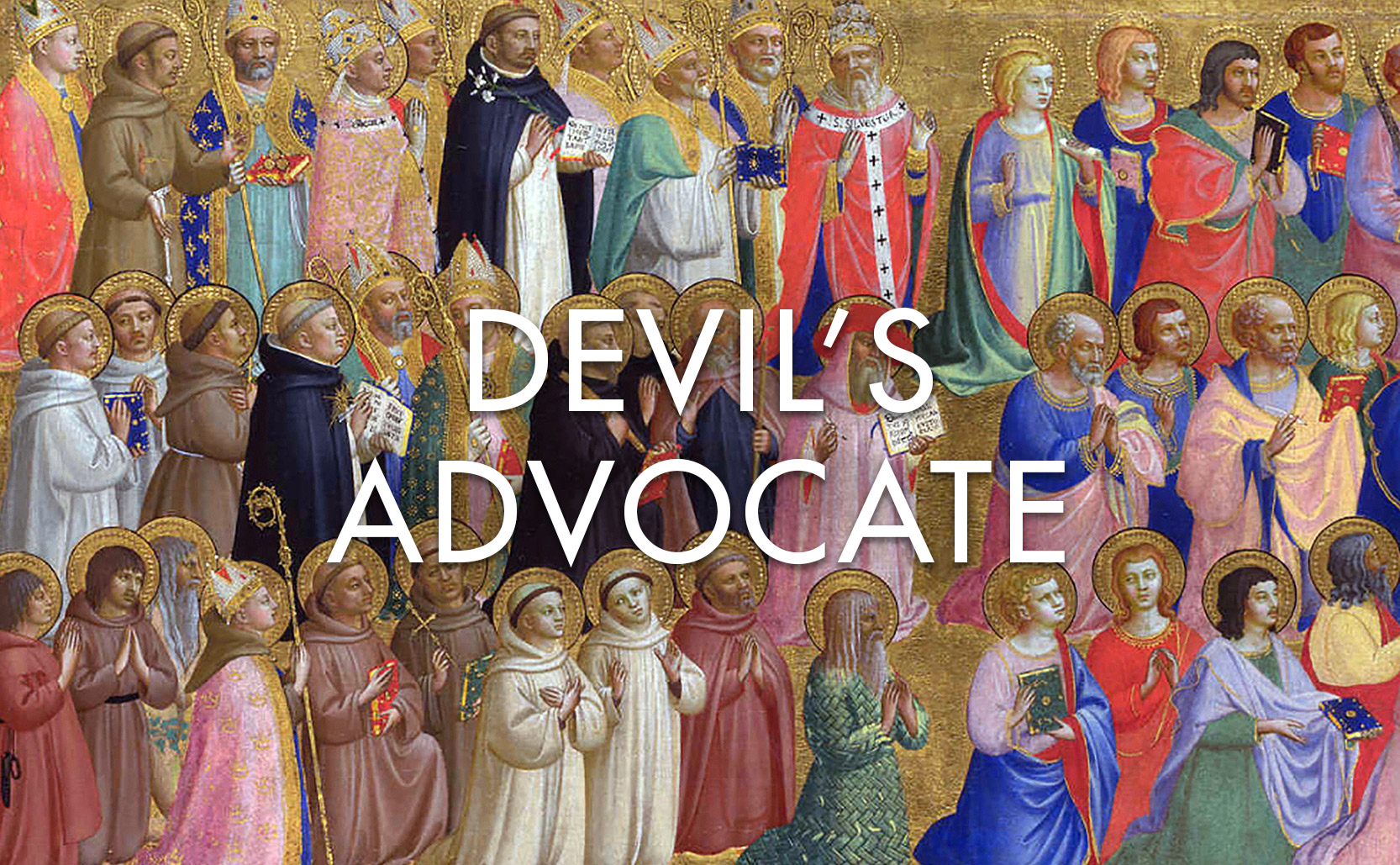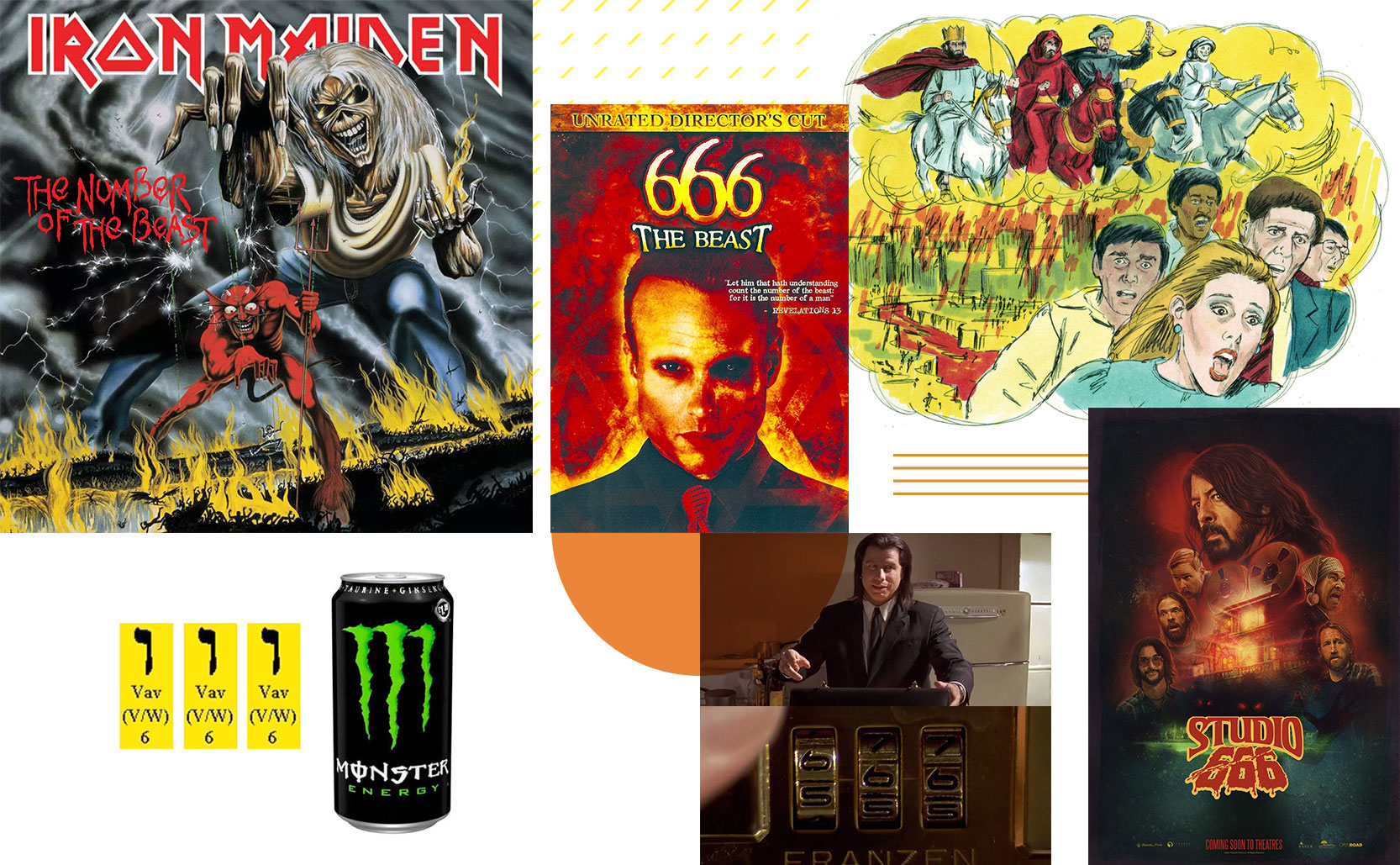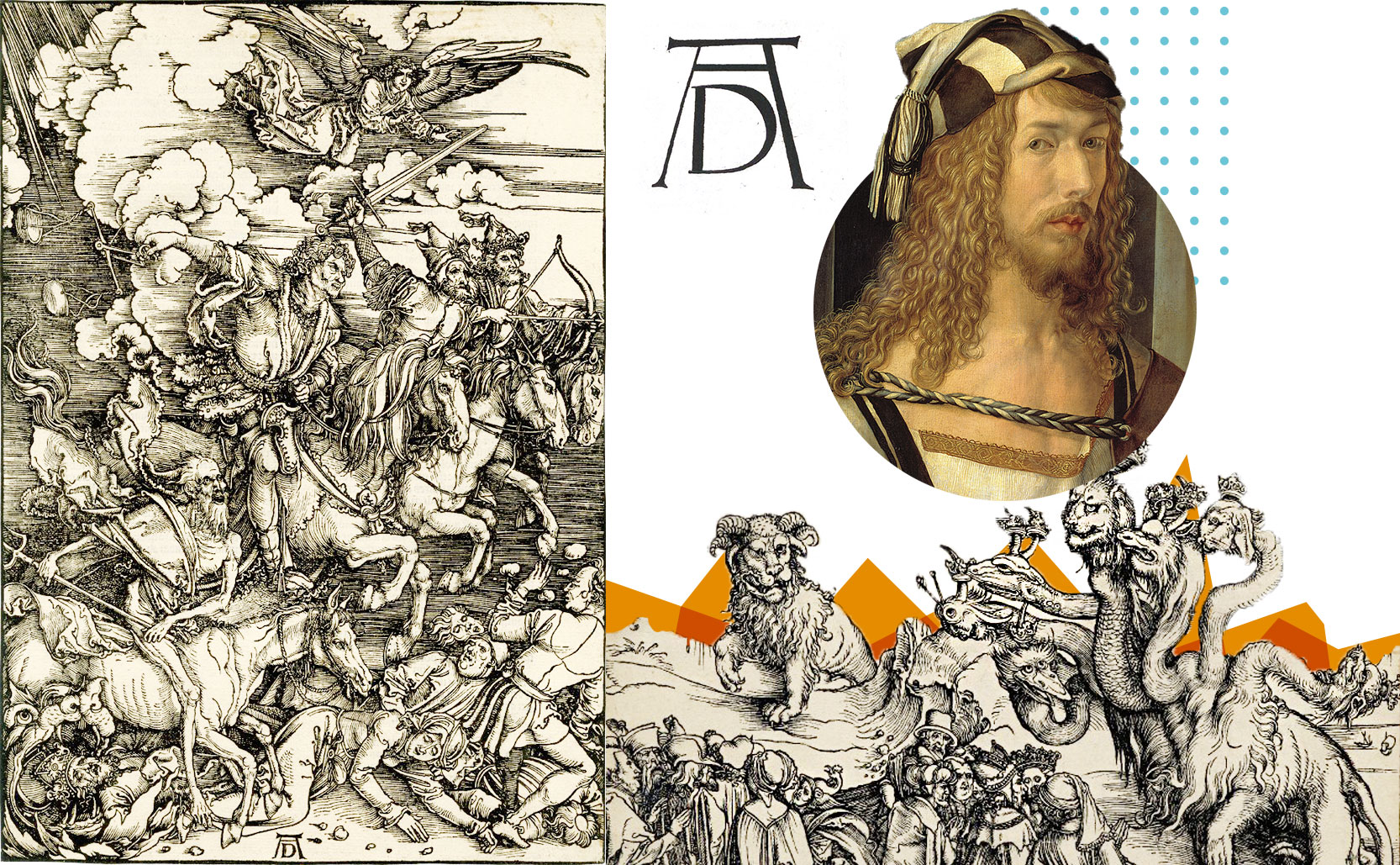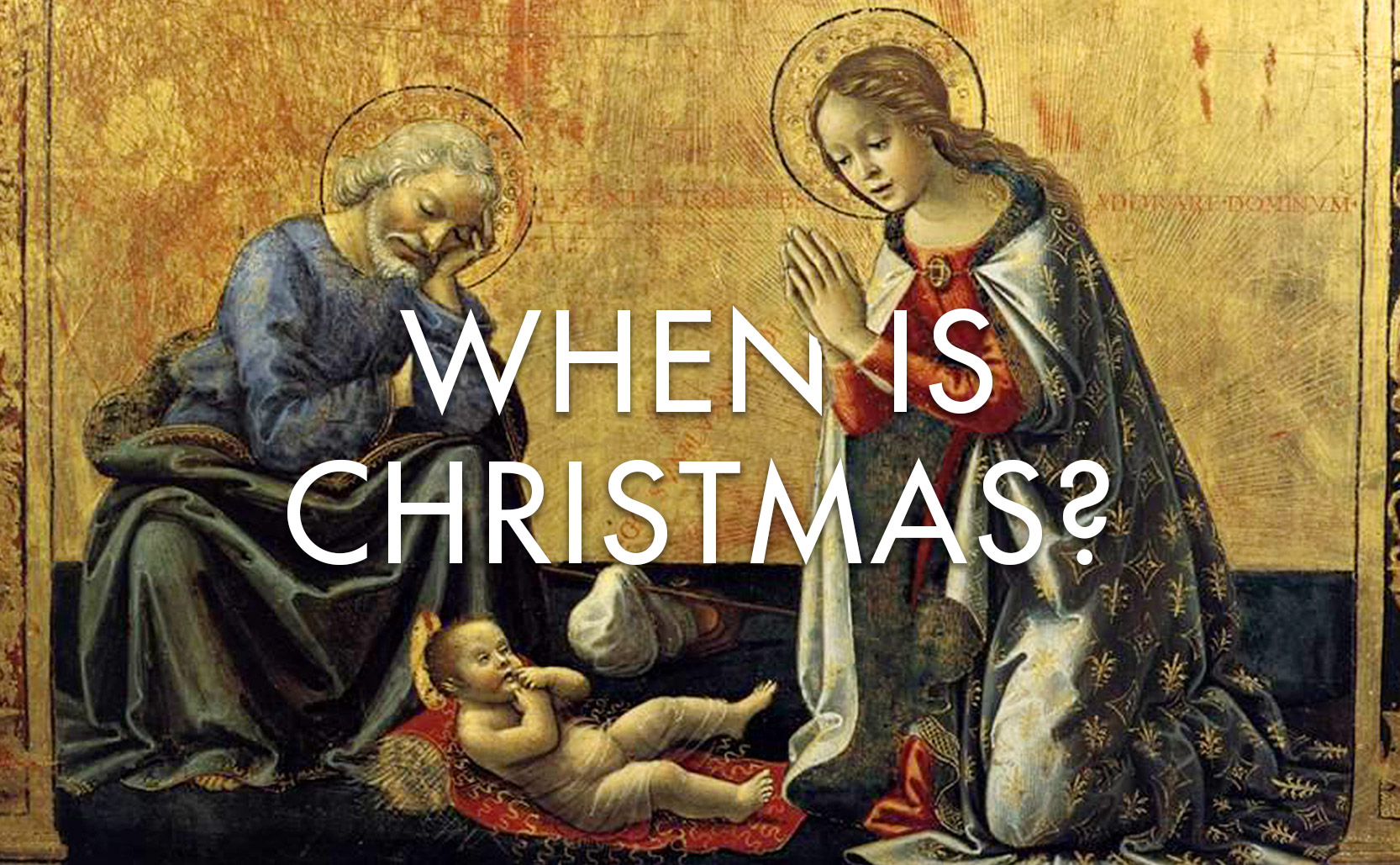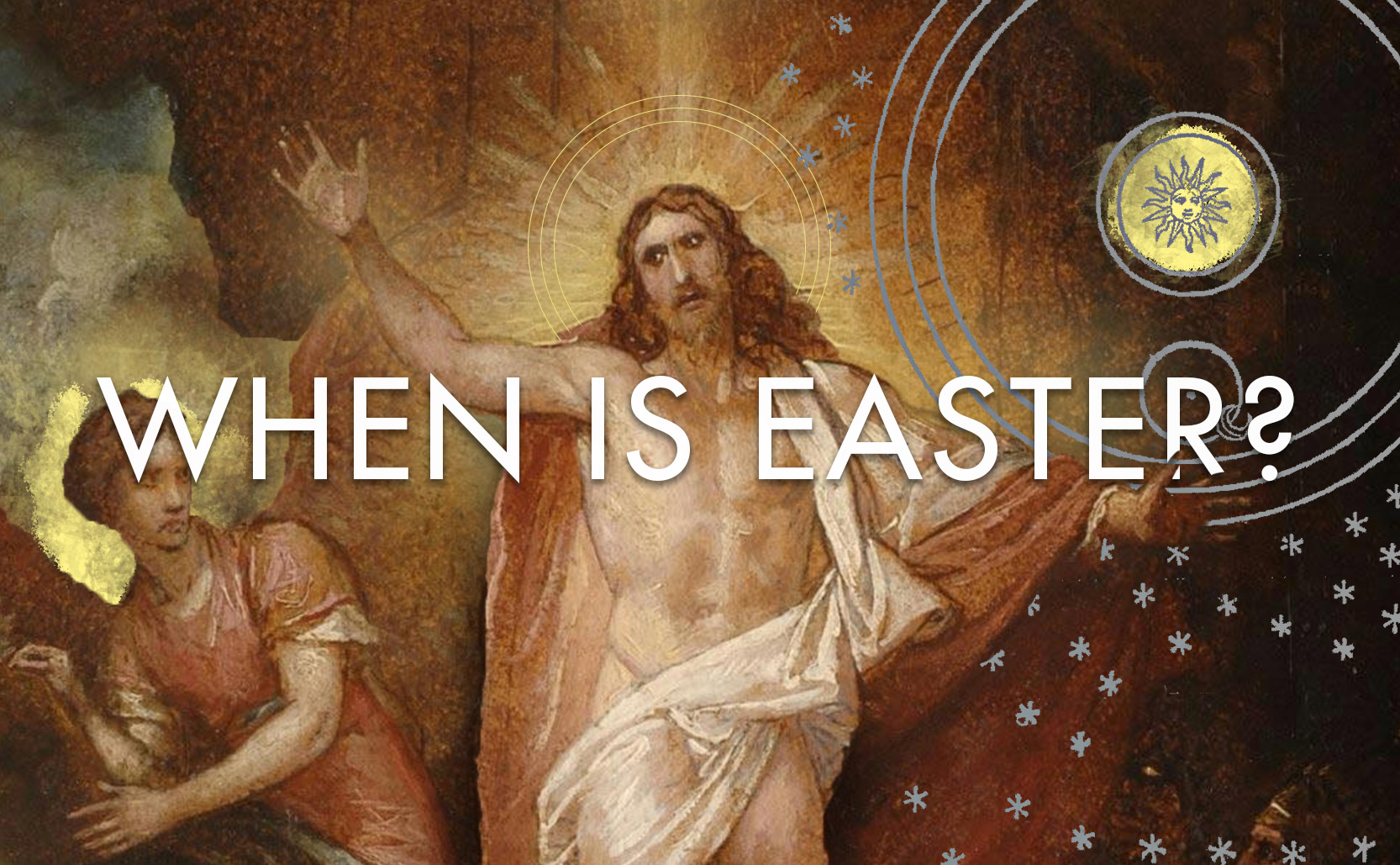The Three-ish Wise Men
Most of what we think we know about the three wise men comes from art and folk tradition … and is wrong.
Part of the Christmas narrative is that the Holy Family was visited by three wise men shortly after the birth of Jesus. Similar to how we aren’t exactly sure when Jesus was born, we also aren’t exactly sure how many wise men there were. We say three because there were three gifts given but the Bible doesn’t specify. Maybe a few wise men went in on a gift together.
Some people say three because the names of the wise men are said to be Gaspar/Caspar, Melchior, and Balthasar/Balthazar (kings of India, Persia, and Arabia or Ethiopia respectively), but this is just a folk tradition – there is no evidence to support any of this.
RSVP
How we think of the wise men has been influenced by centuries of art. Liberal artistic license places the shepherds, the wise men, farm animals, and the Holy Family all in the manger shortly after the birth of Jesus. That said the Bible doesn’t actually give a specific date for the arrival of the wise men and it’s more likely they arrived much later – having them all in the manger together is just more convenient for a painting. Matthew 2:11 states that the wise men visited the Holy Family in a house, not the manger.
While many Christians celebrate the arrival of the three wise men on January 6th (the Epiphany) this seems to be more a date to celebrate the event than when it actually occurred. It is speculated that the arrival of the wise men could have been as late as two years after Jesus’s birth. This is “supported” by Herod’s command to have all boys 2 years of age and younger slaughtered in an attempt to kill the newly born King of the Jews – the idea being that perhaps the wise men relayed news of Jesus to Herod some time after Jesus’s birth and Herod cast a wide net of ages. That said this Massacre of the Innocents is also something that probably never happened.
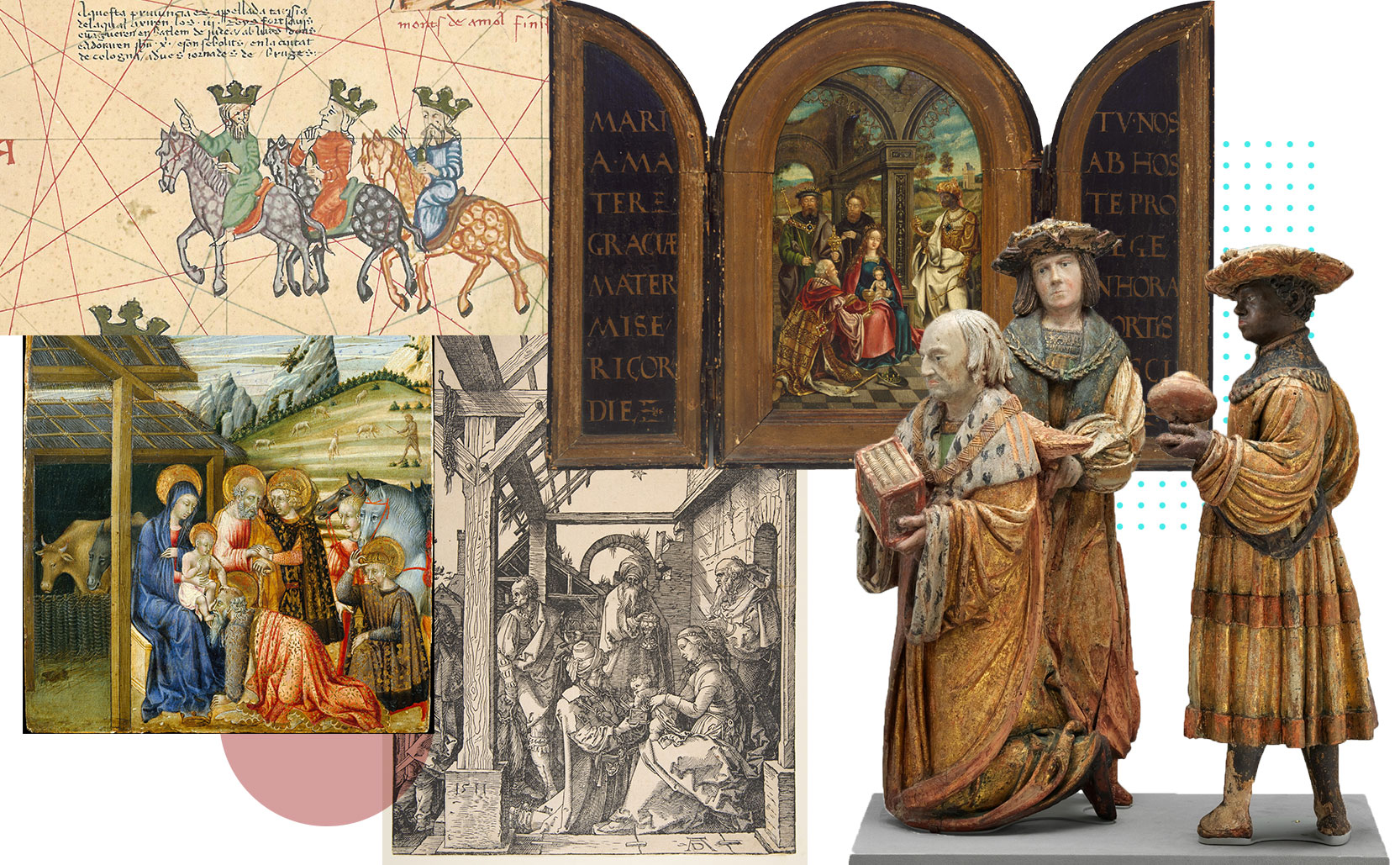
Kings, Wise men, Zoroastrian priests
So aside from not knowing how many wise men there were, or when they arrived, do we at least know what sort of men they were? By the 3rd century CE people were referring to these travelers as kings. As good as the song We Three Kings is, there is no evidence that these travelers were kings. In fact it is highly unlikely (and a little silly) that the crowned heads of multiple kingdoms would have been traveling in such a fashion. Isaiah 60:1–6 and Psalm 72:11 are mostly to blame for this idea, as both passages allude to kings showing deference and worshipping the Messiah – but kings in general. Neither of these passages say anything about specifically these individuals in the Christmas narrative being kings.
The wise men are also known as the “magi”. The term “magi” comes from Latin, by way of Greek, from the Old Persian “maguŝ” who were priests. It’s unclear if the magi were originally priests of just Zoroastrianism or a mix of regional Persian religions. That said over time the magi of Persia became esteemed for their knowledge, but the magi of nearby Babylonia were thought of as frauds/imposters.
From this “magi” came to be a general term for practitioners in esoteric/mystical fields of study: astrology, alchemy, etc. Incidentally “maguŝ” is the same etymological root for the word “magic” for this reason. So rather than wandering kings, the wise men (of some unknown number) were more likely Zoroastrian priests / practitioners of mystical arts from the East, following the movements of the stars.
Added info: much is made of the gifts brought by the wise men. Using the three supposed names of the wise men: Gaspar brought frankincense, Melchior brought gold, and Balthasar myrrh. What does one do with these gifts?
Gold has the most obvious purpose. Then and now gold was valuable. It is also symbolic of Jesus’s kingship.
Frankincense is a resin that comes from the Boswellia sacra tree. It was blended with other ingredients and used as an incense burned in religious ceremonies. In Judaism in particular it was used by priests as a literal smoke screen because to see God was to die, and the smoke of the incense could diffuse actually seeing God (should God appear). The symbolism of frankincense is that Jesus is the high priest.
Myrrh is a resin taken from the very thorny Commiphora myrrha tree. It was used as an embalming oil and, as a gift of the magi, alludes to Jesus’s mortality and eventual crucifixion.
Finally, the three kings who gave the gift of music were the three kings of the blues. Albert King, B.B. King, and Freddie King make up the three kings of the blues and were massively influential musicians who shaped blues music and thereby shaped rock & roll.



